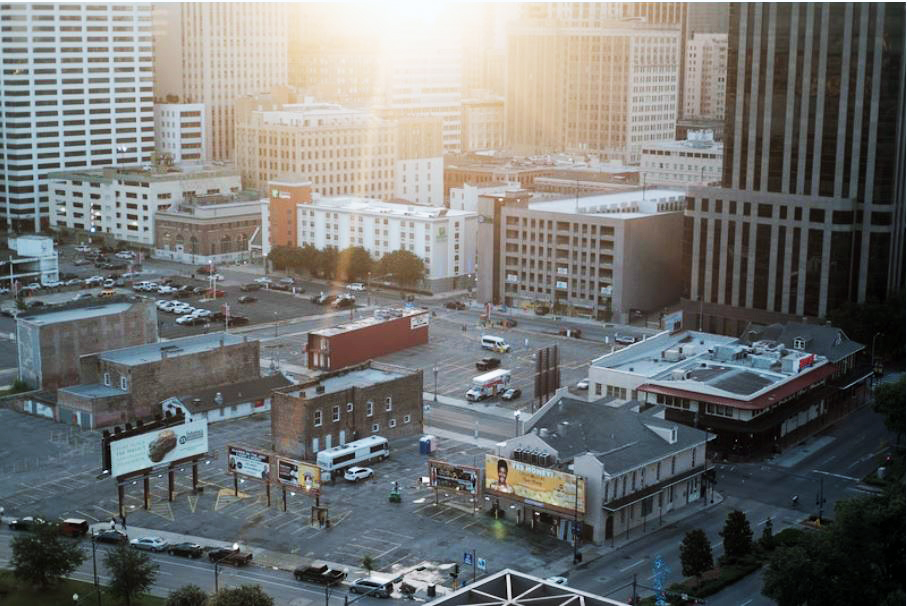“The risks are manageable, and the outlook is strong.”
This was the key takeaway from Cushman & Wakefield’s CRE 2022 Outlook. In the report, Cushman & Wakefield Head of Economic Analysis and Forecasting Rebecca Rockey discussed the company’s predictions for the US. commercial real estate market.
While some predictions will come as no surprise, others are not so straightforward. All things considered, 2022 looks good for CRE in America.
Office
Cushman & Wakefield predicts a turning point for office next year, and there are encouraging signs that this recovery has already begun as people gradually revert to normal behavior. One sign is that leasing is trending higher. Businesses are signing longer-term leases, and sublease space is trending down. Vacancy is also falling in an increasing number of markets, a trend that Cushman & Wakefield predicts will peak by year-end in the U.S.
Offices will continue to calibrate for remote work, challenging building owners to find the best ways to attract and maintain tenants.
Regional absorption is also on track to turn positive in the second half of 2022.
Industrial
Last year was a booming one for industrial, with demand surpassing 500 million square feet for the first time ever. According to Rockey, this rate of growth is not sustainable and was largely driven by confined demand from 2020. Cushman & Wakefield says that demand will remain 100 million square feet higher than historic norms, exceeding 400 million square feet for the next few years.
Despite the major pickup on the supply side, Rockey thinks vacancy will remain under 4 percent for the next two years in the aggregate. This will only further fuel rent growth. Values are expected to climb by close to double digits, and investors will be left to decide how much they’re willing to pay.
Retail
Retail was another sector that experienced a record year in 2021. Demand surpassed 37 million square feet in 2021 — the sector’s best year since 2017. In combination with the constrained supply side that was largely oriented toward mixed-use in specific high-growth markets, vacancy peaked at a much lower level. Vacancy continues to trend downward toward 6 percent. Cushman & Wakefield predicts an even further dip as we head into 2023.
“This is a different territory for retail,” Rockey said. “We’re seeing this narrative unfold. Recovery will pick up steam in gateway cities where international tourism, return to office and accelerating business travel will start to push the fundamentals in a more significant manor.”
Multifamily
Like industrial, last year’s significant growth rate is not sustainable over the long term, but Cushman & Wakefield says demographic forces will continue to fuel the sector during the next few years.
Rockey expects higher rates still on household formation: 1.3 million square feet this year and 1.2 million square feet in 2023. This year’s rate of demand is translating into one that is more than twice the long-term average.
Though supply is ramping up, it’ll remain a low vacancy environment for the next couple of years. Of course, this factors into rent pressure, resulting in strong overall rent growth. This will remain an asset class that investors will remain focused on, but the recoveries and expansions in retail and office will also start to push investors and rotate them back into those sectors, Rocky said.
Alternatives: Self Storage, Data Centers, Student Housing, Life Sciences, Senior Housing, SF Rental Homes
Just 10 percent of all sales were alternative pre-pandemic. Now it’s 15 percent and climbing, with demographics driving niche categories, like life sciences, which were among the first to post positive absorption within the broader office of R&D space markets.




